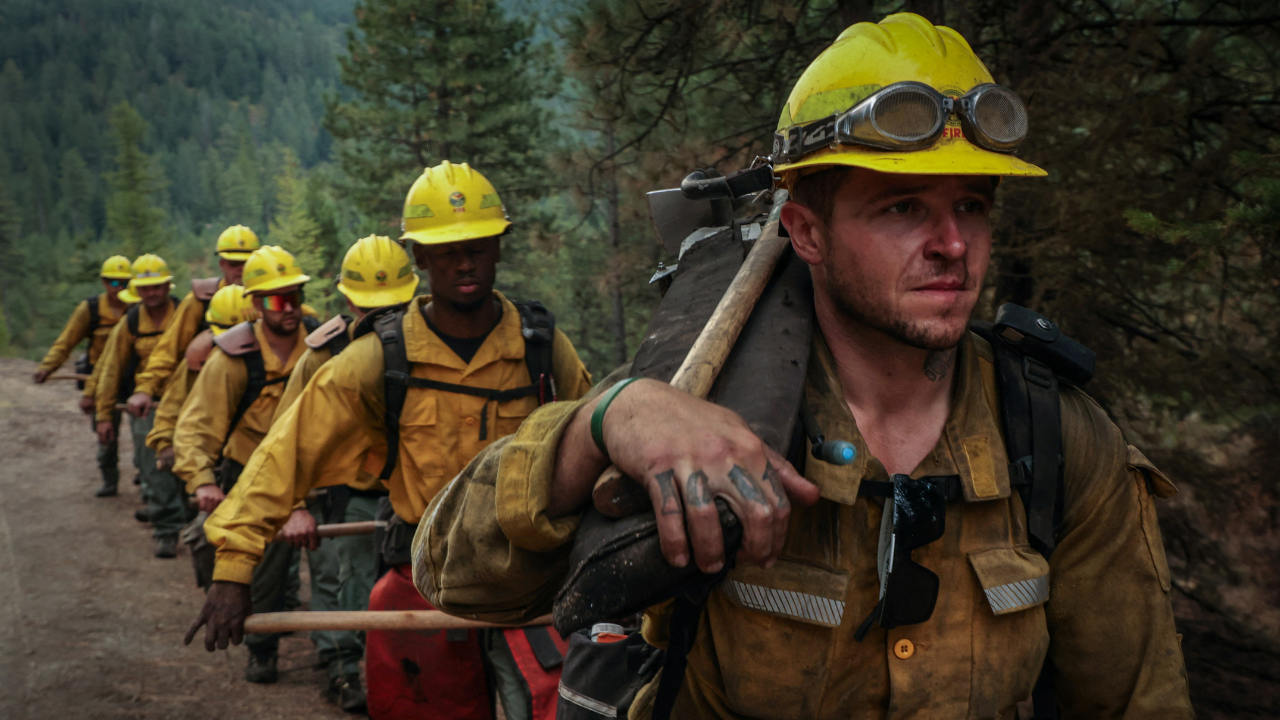Millions of Americans from Texas to Maine will face sweltering conditions this week as a heat wave takes hold in the eastern half of the United States, according to forecasters. Beginning Sunday, rising temperatures will hit the South, then stretch over the Midwest before spreading to the East Coast by midweek.
It’s not officially summer yet, so the real baking season is still to come. But this earlier stretch of stifling weather, and the fact that it is expected to linger for days, may be jarring for many regions.
Here are five numbers to help put this coming heat wave — and our warming climate — in context.
99
The expected high temperature in Fahrenheit on Wednesday in Pittsburgh. It would be the highest ever recorded there during the month of June, said Josh Weiss, a meteorologist with the National Weather Service’s Weather Prediction Center. (In Pittsburgh, he added, there are temperature records dating back to 1875.)
That figure would be just one of what Mr. Weiss said could be dozens of temperature records broken this week in cities across the northeastern United States. On Monday, he said, there are about 20 daily record high temperatures predicted for the Ohio Valley.
And from Tuesday to Thursday, he said, as many as 75 record highs — both daily and for the month — are expected, as the heat wave moves through the Mid-Atlantic through New England. In many of those places, temperatures are expected to exceed 95 degrees sometime in the middle of the week.
22.6 million
The number of people across the country who were under extreme heat advisories, watches or warnings on Saturday, according to the National Weather Service. That is roughly the population of the state of Florida.
While experts say that does not capture everyone who will be affected by this heat wave, it does give a sense of the vastness of its effects. In other words, even if you don’t live somewhere under an extreme heat warning, it is worth being cautious.
The heat wave “will affect a bunch of highly populated areas where there hasn’t been quite as many stories about extreme heat recently,” said Daniel Swain, a climate scientist with the University of California, Los Angeles. “Now, it’s New England’s turn.”
12
The number of consecutive months in which the average global temperature of earth has been the highest on record for that month. Last month was the hottest May ever. June could bring that number to 13.
“At this point, it’s almost trivial to say that climate change has intensified heat waves like the one that is about to occur,” Dr. Swain said.
1,220
The estimated number of deaths per year caused by extreme heat, according to the Centers for Disease Control and Prevention. That makes heat the deadliest kind of extreme weather. (Flooding, by contrast, causes about 98 deaths per year.) But that number may be an undercount, as heat deaths are hard to track, because heat can exacerbate underlying conditions. And it tends to be most dangerous for people who are already vulnerable, like older Americans who don’t have air conditioning.
Scientists and health experts say they hope that by treating extreme heat a little more like any other type of natural disaster, people will take more steps to prepare for it.
4
The highest number on a new scale created by the National Weather Service and the C.D.C. that gauges the health risks associated with extreme heat in a specific location on any given day. Because — as anyone who has spent summer days in Houston or Phoenix could tell you — not all heat feels the same. Experts say that even slightly lower temperatures coupled with high levels of humidity can be more dangerous.
The scale, called HeatRisk, takes into account how unusual the heat is for the time of year, the duration of a heat wave and whether the temperature poses an elevated risk for an area based on C.D.C. data.
For Monday, forecasters have rated parts of central Iowa, western Illinois and Missouri (including Kansas City) a 4, the most extreme level of risk. At that level, the entire population is at risk, emergency room visits are likely to rise significantly and the heat can be deadly for the most vulnerable. As the heat wave broadens, risks will be high in cities like Chicago, Cleveland and Buffalo.
Mr. Weiss, the meteorologist, said that the new tool ideally will help people understand that heat danger can be exacerbated by numerous factors.
The heat wave this week, for example, could stretch into next weekend in some parts of the Northeast where residents are not accustomed to or prepared for temperatures in the high 90s — especially in the middle of June. And because forecasters say the heat wave will be sustained and nightfall will not offer a reprieve, that makes the risk of health impacts much higher.
“There’s no relief, so there’s an accumulation of heat stress we’re going to get during this heat wave,” Mr. Weiss said.
Austyn Gaffney contributed reporting.






